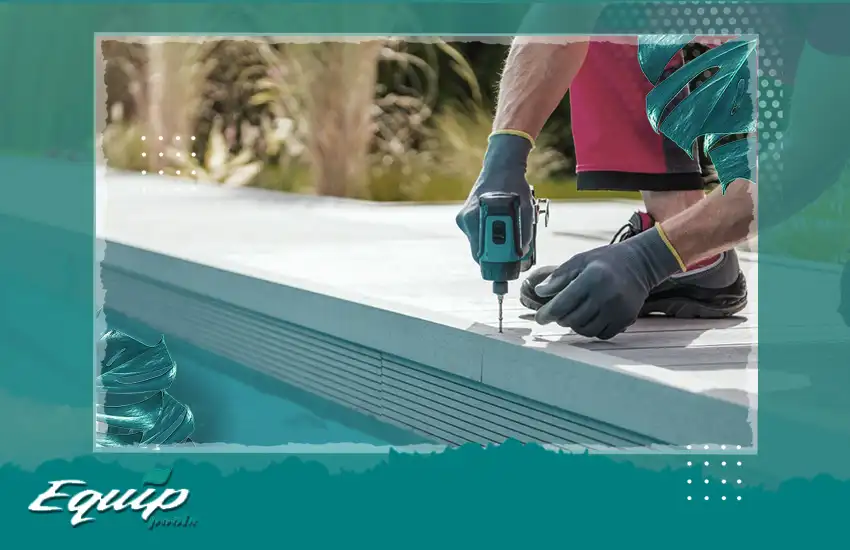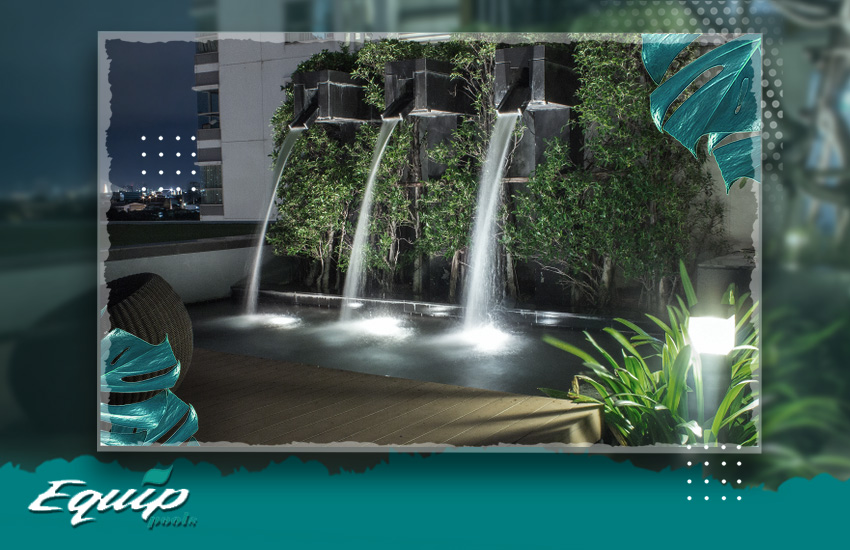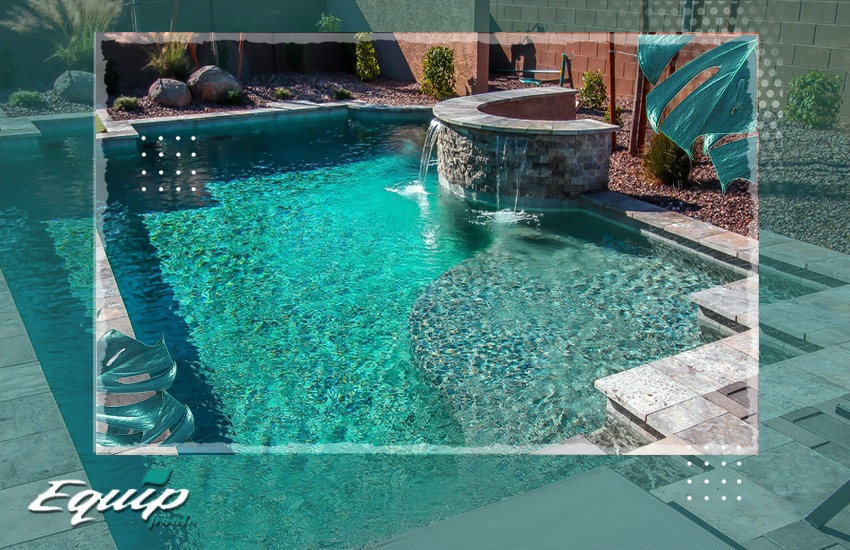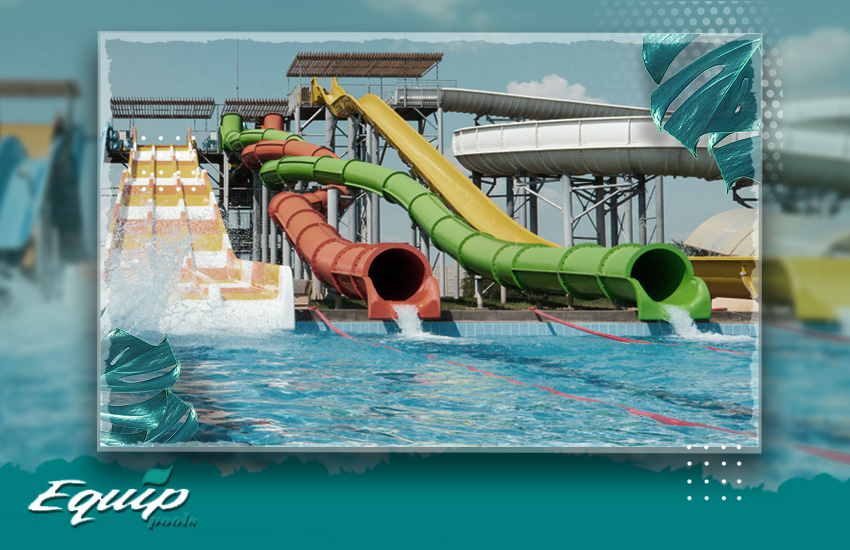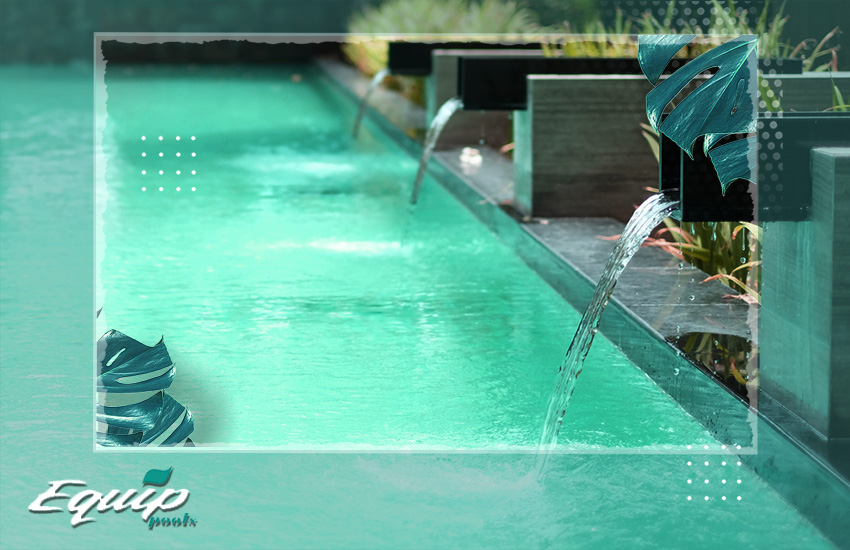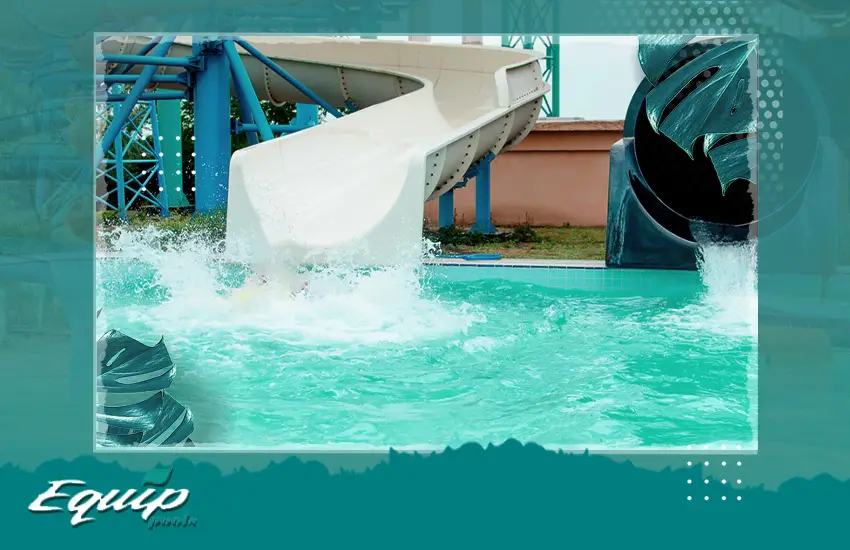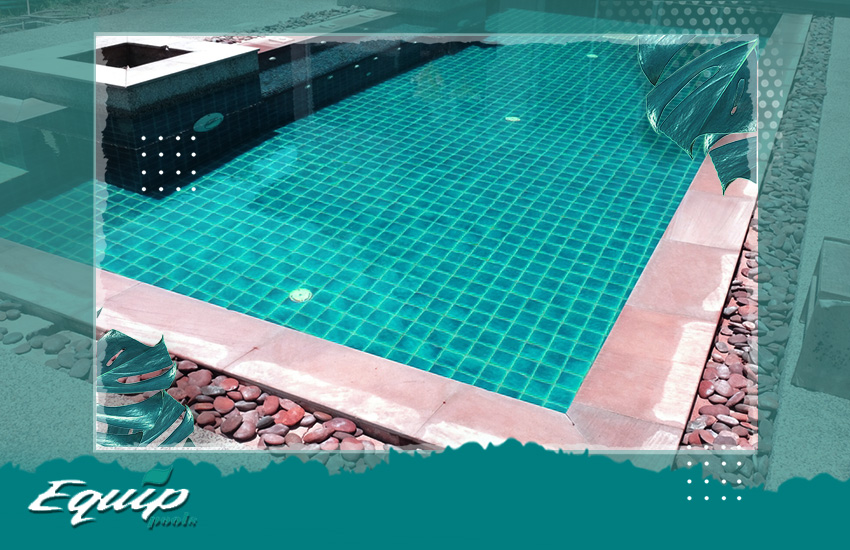Maintaining a clean and clear swimming pool is essential for enjoyment and safety. Traditionally, pool owners have relied on sand as the primary filtration medium in sand filters. However, several alternatives to pool sand have emerged, offering improved filtration efficiency, reduced maintenance, and environmental benefits.
Understanding Pool Sand Alternatives
Pool sand, specifically silica sand has been the go-to choice for pool filtration due to its affordability and availability. However, it has limitations in terms of particle size filtration and maintenance requirements.
What are the pool sand alternatives?
There are 4 types of traditional pool sand Alternatives, include:
1. Clinobrite: The Natural Zeolite Filter Medium
Clinobrite is an all-natural zeolite filter medium that offers enhanced filtration capabilities compared to standard pool sand as it can:
- Remove 40% to 50% more dirt and debris due to its rough surface that traps fine particles and algae effectively.
- Capture cryptosporidium cysts, which are harmful pathogens often associated with waterborne illnesses.
- Scavenges ammonia from pool water, reducing chlorine demand and minimizing the formation of chloramine compounds that cause skin irritation and unpleasant odors.
- Typically requires replacement every 3 years, making it a cost-effective long-term solution.
But note that it may has some disadvantages, such as:
- It needs to be regenerated every six months to a year using a salt solution, which can be cumbersome for pool owners who prefer low-maintenance options.
- Could be more expensive compared to traditional sand.
Also keep in mind that over time, Clinobrite becomes saturated with ammonia and may lose its effectiveness if not properly maintained.
2. ZeoSand: A Natural Zeolite Alternative
ZeoSand is another natural zeolite product designed to replace traditional filter sand.
Here are some of its advantages:
- It filters particles as small as 2-5 microns, significantly improving water clarity compared to the 20-40 microns achievable with regular sand.
- Made from volcanic materials, making it an eco-friendly choice.
- Requires less frequent backwashing, which means saving water and reducing chemical usage.
Disadvantages:
- Similar to Clinobrite, ZeoSand often comes with a higher price tag than regular sand.
- Depending on the region, ZeoSand may not be as readily available as traditional sand.
Also the lighter weight of ZeoSand can make it more challenging to handle during installation and maintenance, as it may blow away or create dust more easily than heavier sand.
3. Filter Glass
Filter glass is a recycled product made from crushed glass that serves as an effective pool sand alternative that provides the following benefits:
- Like zeosand, it can filter down to 2-5 microns, capturing smaller particles than traditional sand.
- Doesn’t clump or channel like sand, providing consistent filtration performance over time.
- Although initially more expensive than sand, filter glass lasts longer and requires less maintenance.
By looking to its disadvantages, you may find that:
- Its crushed glass could have sharp edges that pose a risk during handling and installation.
- Requires to be replaced every few years depending on usage and maintenance practices.
Also some pool systems may not be compatible with filter glass due to differences in flow rates or filtration requirements.
4. Polyballs
Polyballs are a newer innovation in pool filtration media made from polyester. One pound of polyballs is equivalent to 75 pounds of silica sand, making them much lighter and easier to handle.
They also offer a greater flow rate due to their unique design, which can enhance circulation within the pool system. In addition the lower working pressure of filters using polyballs can reduce the risk of damage or failure.
About its cons, it includes:
- They may not filter out particles as effectively as other media.
- Could be more expensive than traditional sand and may not provide significant performance.
- Need regular maintenance and replacement every few years.
Considerations When Choosing a Pool Sand Alternative
When selecting a suitable alternative to pool sand, consider the following factors:
- Assess the size of particles you need to filter out.
- Maintenance Requirements: Evaluate how often you are willing to backwash or replace the media.
- Environmental Impact: Consider eco-friendly options like zeolite-based products or recycled glass that contribute positively to sustainability efforts.
Finally, don’t forget cost Analysis, While some alternatives may have higher upfront costs, their longevity and reduced maintenance needs can lead to overall savings in the long run.
read more :
pool waterfalls for inground pools



